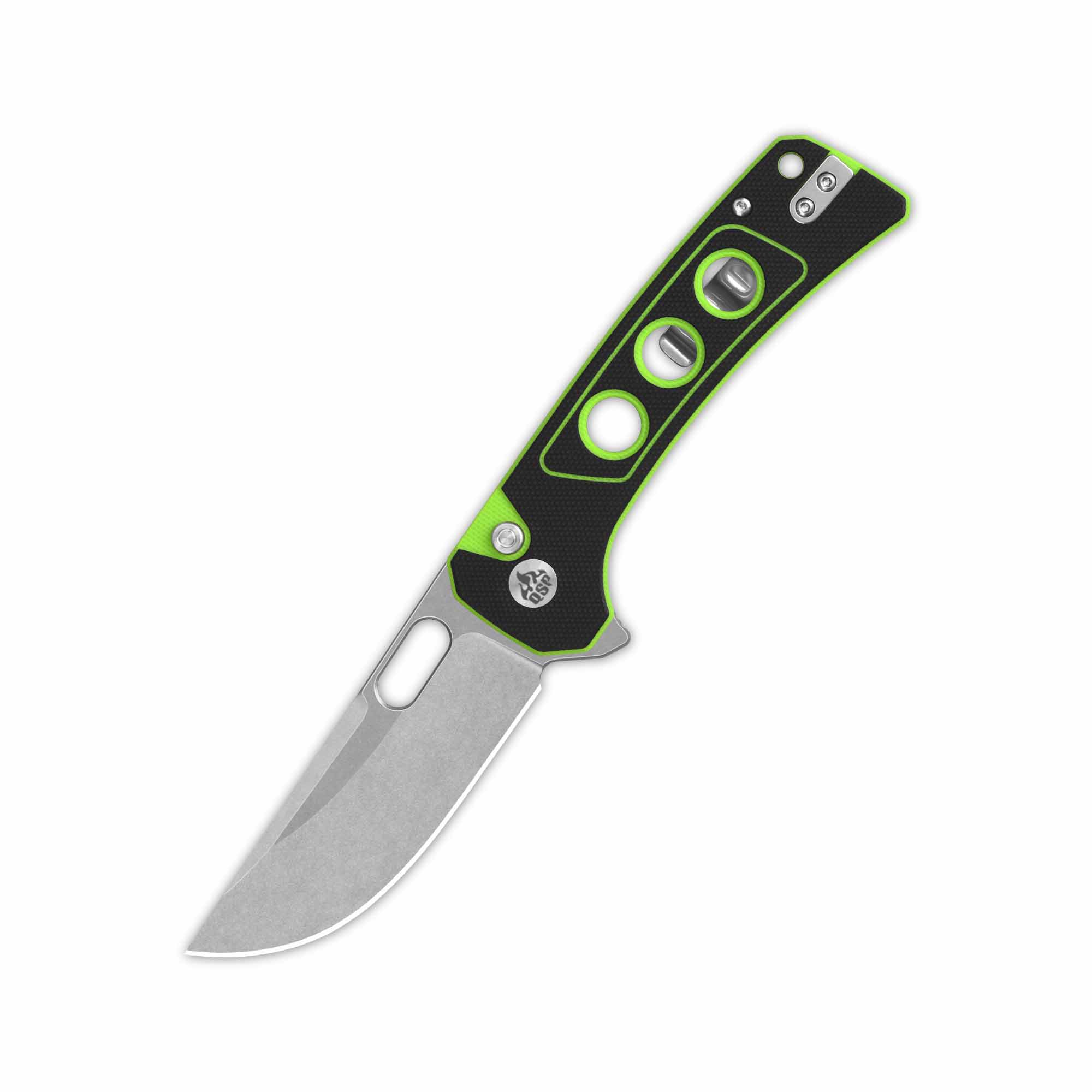The Evolution of Folding Knives: From Ancient Tools to Modern Designs
Body
The folding knife has a rich history that spans centuries, evolving from simple tools to sophisticated instruments. This article delves into the fascinating journey of folding knives, highlighting their significance and advancements over time.

Historical Background of Folding Knives
Folding knives date back to ancient civilizations, where they served practical purposes. Early versions were crafted from materials like bone and stone, designed for everyday tasks such as cutting and carving. Have you ever wondered how these primitive tools transformed into the modern folding knife we know today?
- Ancient Origins: The earliest folding knives appeared in the Roman Empire, featuring a simple pivot mechanism.
- Medieval Innovations: During the Middle Ages, folding knives became more refined, often adorned with intricate designs.
- Renaissance Era: The introduction of new materials, such as steel, enhanced durability and functionality.
Design and Functionality of Modern Folding Knives
Today’s folding knives are marvels of engineering, combining aesthetics with functionality. Modern designs often feature advanced materials and mechanisms that enhance usability. For instance, many contemporary folding knives utilize stainless steel blades for improved corrosion resistance and longevity.
What makes a folding knife stand out in a crowded market? Here are some key features to consider:
- Blade Types: Various blade shapes, such as drop point and tanto, cater to different tasks.
- Locking Mechanisms: Safety is paramount; thus, mechanisms like liner locks and frame locks ensure secure usage.
- Handle Materials: Ergonomic designs and materials like G10 or carbon fiber enhance grip and comfort.
Practical Uses of Folding Knives
The versatility of a folding knife makes it an essential tool for many. Whether you are an outdoor enthusiast, a craftsman, or simply someone who enjoys practical tools, a folding knife can serve various purposes:
- Camping: Ideal for food preparation and other outdoor tasks.
- Everyday Carry: A reliable tool for daily tasks, from opening packages to minor repairs.
- Survival Situations: A crucial tool for self-defense and emergency scenarios.
Choosing the Right Folding Knife
When selecting a folding knife, consider your specific needs and preferences. Factors such as blade material, size, and locking mechanism play a significant role in your choice. For those interested in high-quality options, explore the diverse range available at  .
.
In conclusion, the folding knife has undergone significant evolution, reflecting advancements in design and technology. Understanding its history and functionality can enhance your appreciation for this remarkable tool. Whether for practical use or as a collector's item, the folding knife remains a timeless companion.











Comments